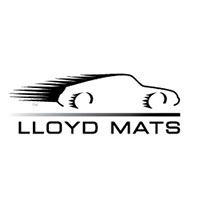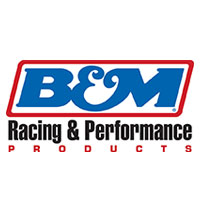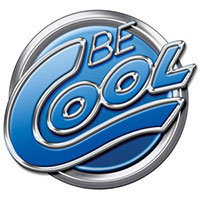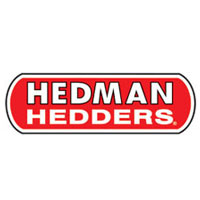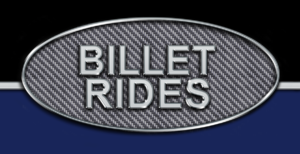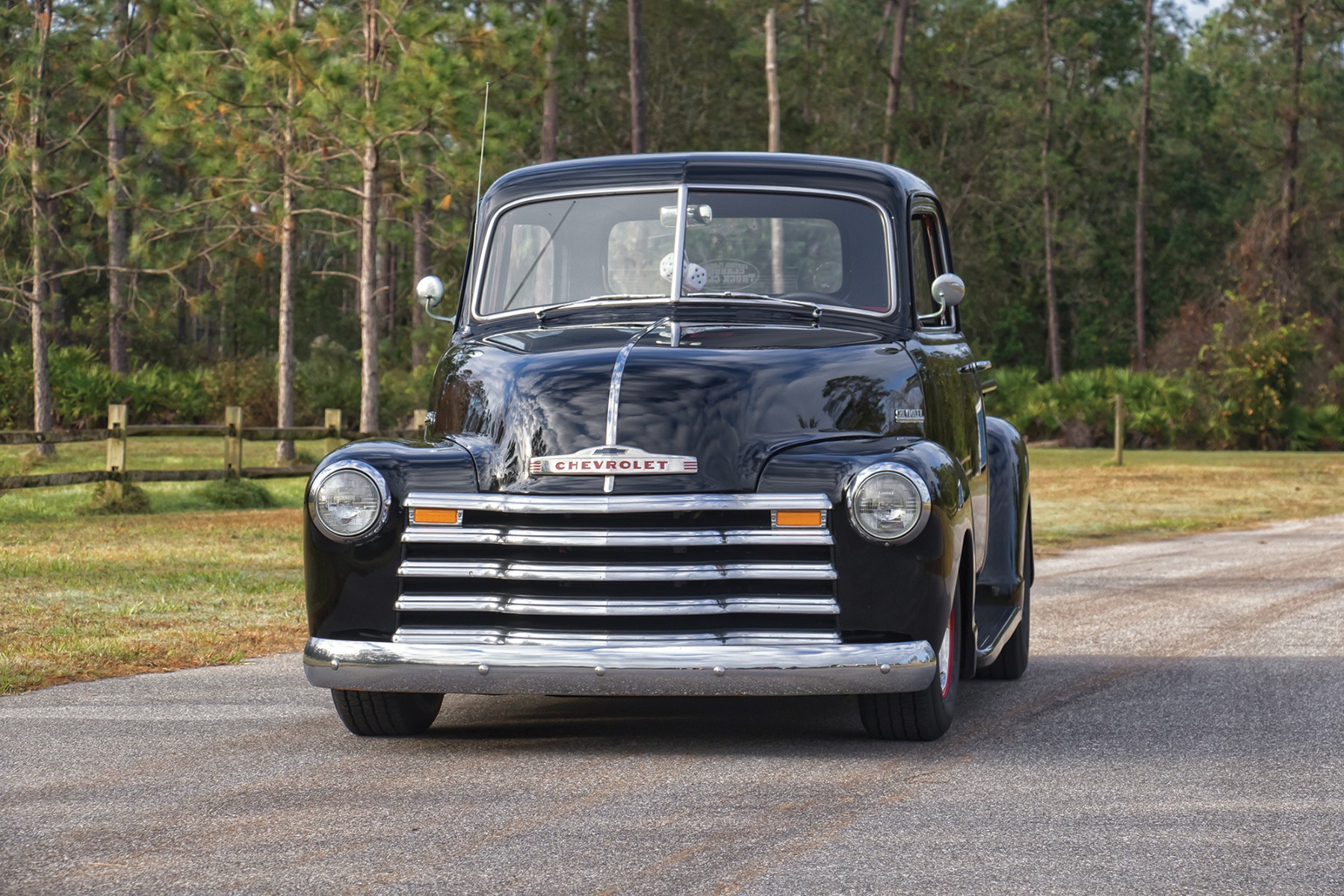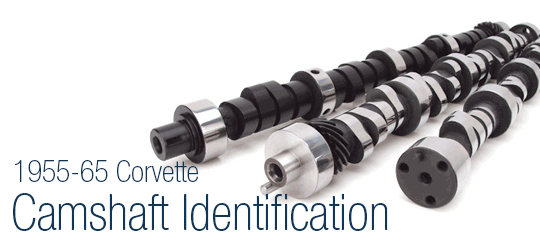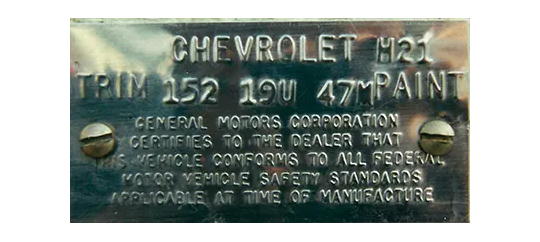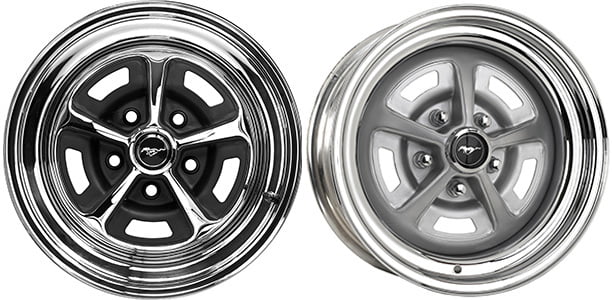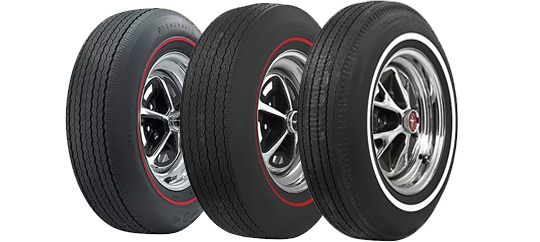New Camaro Z/28 vs. Porsche 911 GT3: Track Day Shootout!
- Apr 4, 2014
Flogging two brilliant - and unlikely - competitors with sports car ace Andy Pilgrim
We're in a Barber Motorsports Park garage in Birmingham, Ala., on a brisk morning with pro race-car driver Andy Pilgrim -- along with the Chevrolet Camaro Z/28 and Porsche 911 GT3, the latest, road course-focused street cars for 2014. Cadillac Racing pays Pilgrim to pilot a CTS-V coupe in the Pirelli World Challenge series, but today he is our hired gun to give us top-level feedback around the challenging 2.38-mile circuit.
 Pilgrim's résumé boasts wins at the 12 Hours of Sebring, Petit Le Mans and the Rolex 24 at Daytona, in addition to numerous Le Mans podium finishes. And while he has bagged five professional sports-car championships, it's his articulate, detailed feedback about a car's behavior at the limit that's more valuable to us on this day.
Pilgrim's résumé boasts wins at the 12 Hours of Sebring, Petit Le Mans and the Rolex 24 at Daytona, in addition to numerous Le Mans podium finishes. And while he has bagged five professional sports-car championships, it's his articulate, detailed feedback about a car's behavior at the limit that's more valuable to us on this day.
We know what you're thinking: A General Motors factory driver? A Chevy and a Porsche? Stacked deck, anyone? Not so fast. Rather, Chevy having no problem letting us drop Pilgrim behind the Camaro's wheel (and that of a 911 track machine carrying a $60,000 premium) speaks volumes about its confidence in the Camaro. Not many manufacturers have the stones to participate in that kind of comparo. But Chevy aims big with the Z/28.
Chevrolet Camaro Z/28: Bowtie Bomber
 Enthusiasts' wait for the return of the Chevrolet Camaro Z/28 ends this spring when the first of the 3,000 cars lands in dealerships wearing a $75,000 price tag, making it the most expensive Camaro to date. Horsepower-centric folks might be disappointed: The less-expensive, supercharged ZL1 packs 580 hp, while the Z/28 “only” has 505. But they're missing the point. The Z/28's main goal is conquering road courses, and all its purposeful hardware adds up to one mission: shaving lap times.
Enthusiasts' wait for the return of the Chevrolet Camaro Z/28 ends this spring when the first of the 3,000 cars lands in dealerships wearing a $75,000 price tag, making it the most expensive Camaro to date. Horsepower-centric folks might be disappointed: The less-expensive, supercharged ZL1 packs 580 hp, while the Z/28 “only” has 505. But they're missing the point. The Z/28's main goal is conquering road courses, and all its purposeful hardware adds up to one mission: shaving lap times.
An LS7 V8 powers the Z/28 and is almost 64 pounds lighter than the ZL1's LSA, improving front-to-rear balance and connecting to a six-speed manual gearbox. A Torsen limited-slip differential distributes power between the rear wheels; the diff works with an upgraded performance traction-management system featuring “flying car logic.” In other words, it doesn't cut power when the car gets airborne around, say, the Nürburgring; Chevy test drivers say the system saved them roughly five seconds a lap on the Nordschleife.
Suspension revisions include stiffer springs, bushings and racing-style spool-valve shocks, allowing the engineers to tune the setup more precisely. Chevy says the changes yield a 1.29-inch lower center of gravity than the Camaro SS and up to 1.08 g of cornering acceleration. Supremely sticky 305/30 ZR19 Pirelli P Zero Trofeo R tires wrapped around forged aluminum wheels also help in corners. Brembo carbon-ceramic brakes get the most from the tires under deceleration.
The Z/28 gains an exclusive front splitter, hood vents, Gurney-lip fender flares, rockers and a rear spoiler to help produce 150 pounds of downforce at 150 mph. A dealer-installed wickerbill is available for even greater downforce. Recaro sport seats and a flat-bottom steering wheel come standard.
While the engine, brakes and wheels yielded good weight savings, engineers whacked even more: Air conditioning is an option; there is no sound-deadening material -- or floor mats, trunk trim or tire-inflator kit; redundant wiring in the harness is gone. There is a lighter rear seat, smaller battery and thinner rear glass. The result? The base Z weighs 3,820 pounds, 55 pounds lighter than a 1LE. Our test car has air conditioning and a six-speaker sound system, bringing it to 3,851 pounds.
Pilgrim is impressed after just a few laps. “It's extremely stable and predictable at the limit,” he says, removing his trademark cartoon-covered helmet, this one adorned with “South Park” and “Squidbillies” characters. “The balance, mechanical grip and chassis setup let you carry good mid-corner speeds. It's sticking; recovery is good and it doesn't feel like a 3,800-pound car with those Trofeos trying hard to keep you on rails. Brakes are excellent with no hint of fade. Mode 5 [race mode] on the performance traction system is fantastic; I didn't feel it come in at all.”
Indeed, while Pilgrim works the Z/28's tenacious cornering ability and strong brakes around Barber's high-load corners, our guts feel shoved up against our body's left side. Braking for turns one and eight bounces our brain into the front of our skull -- feels like it, at least. However, that's subjective, seat-of-the-pants analysis, so the Camaro engineers enthusiastically rig up GPS timing equipment -- they want to know where they stand -- and send Pilgrim back out.
He promptly bangs in a 1:36.29 lap on a track he's never driven before today. Some perspective: The fastest lap a GS-class Camaro GS.R race car did around Barber in the Continental Tire Sports Car Challenge race last year was 1:36.02. So a Z/28 off the showroom floor can run with race-prepped cars in the Continental Tire series' quickest class. Yeah, chew on that for a bit.
Double-Threat Porsche 911 GT3
 Next to the Camaro Z/28, Porsche's most track-focused 991 Carrera drips with relative luxury. Our Porsche 911 GT3 test car, graciously provided by Champion Porsche in Pompano Beach, Fla., features navigation, satellite radio, leather- and Alcantara-lined interior with carbon-fiber trim -- and floor mats! And, of course, plenty of GT3 go-faster bits.
Next to the Camaro Z/28, Porsche's most track-focused 991 Carrera drips with relative luxury. Our Porsche 911 GT3 test car, graciously provided by Champion Porsche in Pompano Beach, Fla., features navigation, satellite radio, leather- and Alcantara-lined interior with carbon-fiber trim -- and floor mats! And, of course, plenty of GT3 go-faster bits.
The drivetrain is a reworked 911 Carrera S 3.8-liter H6. The dry-sump lubricated engine makes 475 hp with a sky-high 9,000-rpm redline thanks to forged-aluminum pistons, forged-titanium connecting rods, new cylinder heads and rocker-arm valve control. Unlike previous GT3s, Porsche offers this one only with a dual-clutch transmission that includes lightweight gears and shorter ratios; shifts happen in less than 0.10 second.
The chassis sits about an inch and a half lower than a base 911 Carrera and has aluminum shocks, revised wheel bearings and lighter springs. A two-mode variable damping system and torque-vectoring locking rear differential come standard. Likewise, you get active rear-wheel steering, which turns the rear wheels 1.5 degrees in the opposite direction of the fronts at up to 37 mph and parallel to the fronts at more than 50 mph.
Porsche's 2014 911 GT3 comes standard with upsized brakes and cross-drilled steel rotors. If you want carbon ceramics like the Chevy has, go ahead and pony up another $9,210. The GT3 also rides on more street-oriented Michelin Pilot Sport Cup 2 tires (245/35 ZR20 front, 305/30 ZR20 rear) mounted on center-lock forged wheels.
The GT3 is immediately recognizable thanks to a wide body, a signature fixed rear wing and a front fascia with large air dams for better cooling. In addition to looking the part, the GT3, through its sport exhaust, also sounds like a proper track car. Pilgrim's pied piper-like first buzz down the front straight draws everyone from the pits to the wall for an earful of screaming boxer running toward that 9,000-rpm redline.
Pilgrim soon cruises down pit road. The 991's behavior surprises him. “The GT3 went to charm school; there's less rattle and hum inside. It feels much more like a daily driver” compared to old GT3s and the Z/28, he says. Pilgrim gives the GT3's transmission and brakes high marks, but the car proves to be more of a handful at the limit. “The rear end is trickier, but the traction and stability control work well. It feels slower through the corners due to more tread squirm and less mechanical grip. The Porsche is quick down the straights, but the Z/28 sticks better in the corners and feels more like a race car. It's going to be close.”
As if on cue, here come the Camaro boys and their bag of timing equipment. After some laps Pilgrim describes as “edgy,” the data shows 1:35.76 -- 0.53-second quicker than the Z/28. Further data dissection shows the one area where the Porsche GT3 is making up time on the Camaro: down the straights. On the front straight, it's 6 mph faster, no doubt thanks to its lighter curb weight (3,153 pounds), slipperier body and quicker shifts.
A Winning Pair
 Surprised by any of this? Don't be. These are two vastly different cars serving a wide audience, getting the job done in contrasting ways. Which one you might deem “better” depends on what you value and, of course, your budget.
Surprised by any of this? Don't be. These are two vastly different cars serving a wide audience, getting the job done in contrasting ways. Which one you might deem “better” depends on what you value and, of course, your budget.
The 911 GT3 is not only quick on-track but far more street friendly than before, thanks to cushier interior confines -- nice on the way back from a long track day. However, tapping its full track potential is more difficult than with the Camaro. “Simply put, less mechanical grip and the need for more rear downforce in the GT3 equals more sliding and longer slide-recovery times,” offers Pilgrim, “and this would be more uncomfortable for average track-day warriors.”
The Z/28 is a track-ready car developed in the same vein as Porsche's RS models; hardcore weekend warriors will appreciate its better-lap-times-at-all-costs personality, with 50-treadwear rated tires that you will be lucky to get 2,000 miles out of, a dearth of amenities and what Pilgrim considers more easily reachable limits. “I can say it's easier for me to go fast in the Z/28, and if I owned one, I'd sure go looking for GT3s to play with at any track day.”
Go for the Camaro Z/28 over the Porsche GT3 and you'll have a spare $56,000 to buy more Trofeo R tires. It's a difficult formula to beat. As Pilgrim says, “These cars are immensely capable and have state-of-the-art stability and traction control for track-day novices. But, if both of these are in my garage, it would be GT3 for the street and Z/28 for the track, every time.”
[envira-gallery id="1494"]







